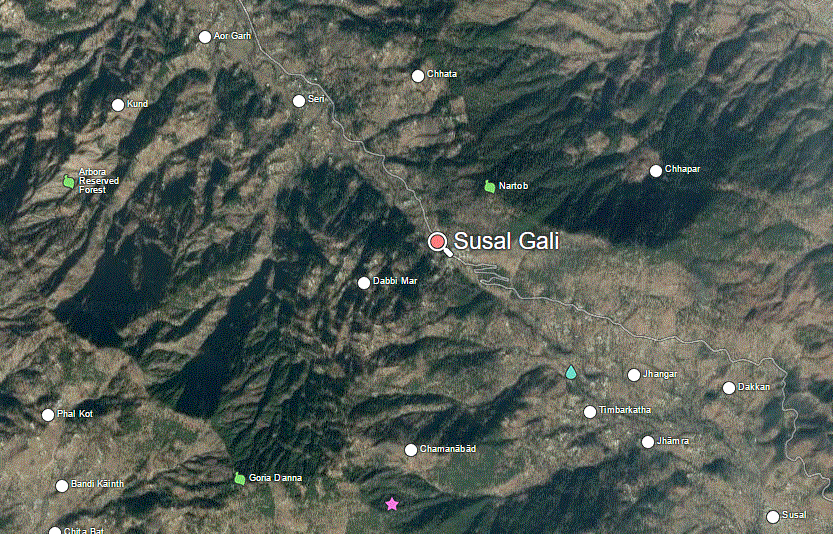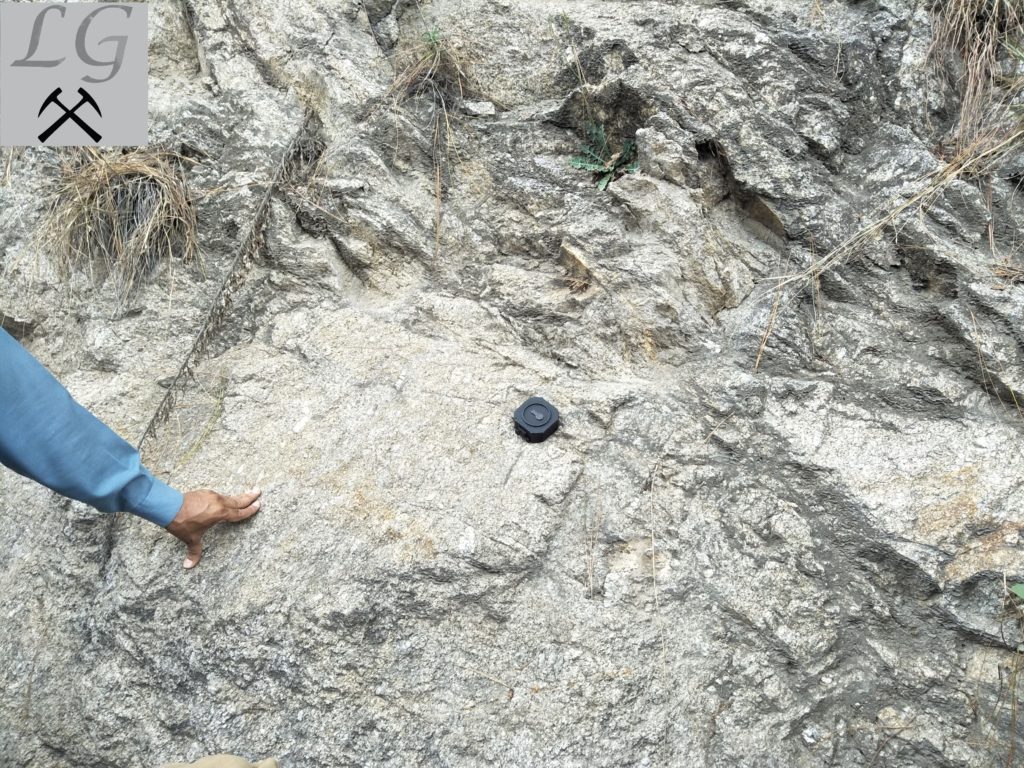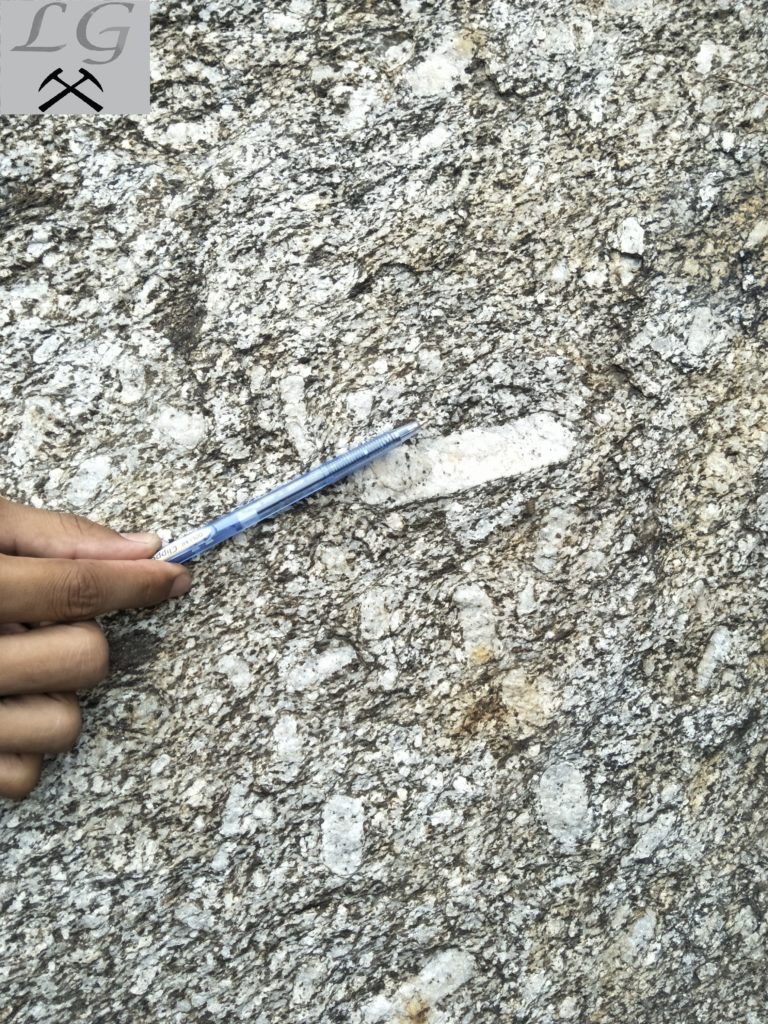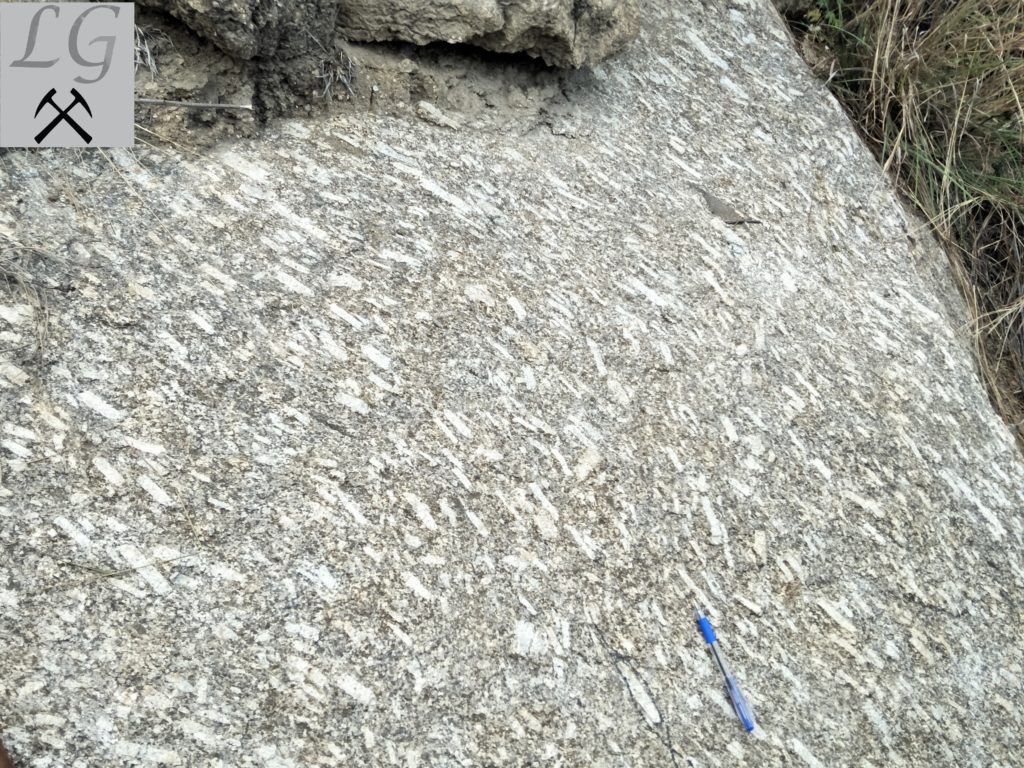Originally from Abu Dhabi, Mohammad Qasim Mehmood is currently in his third year of undergrad in Applied Geology at the Institute of Geology at the University of the Punjab in Lahore, Pakistan. During his undergrad, he had the opportunity to visit and study the unique geology of Himalayas. He has studied a diversity of subjects like sedimentology, stratigraphy, petrology and structures of the rock units made in result of Himalayan orogeny. He is doing research on the sedimentology and tectonic evolution of the Hazara and Kashmir Basins, Northwest Lesser Himalayas, Pakistan. Qasim is also the owner and contributor of Learning Geology which is the Pakistan’s largest science website and outreach program. Learning Geology has published more than 500 blogs on basic geology which are playing an excellent role in nurturing and educating the new students in geology from all over the world.
I have done field work studies of Manehra Granitic Complex (MGC) in Abbottabad and Mansehra area before but this time, I along with my class fellows visit Susal Gali to map MGC in Susal Gali. We construct a geological map on the scale 1:1250 and learned a lot about mineralogy and petrology of MGC which is quite different than other areas because the MGC in Susal Gali has undergone deformation. It took us three days to complete our field work in this area.
The Susal Gali is a pass (a break in a mountain range or other high obstruction, used for transportation) in KPK, Pakistan and is nearby to Nartob, Dabbi Mar and Chhata areas. Susal Gali has an elevation of 1,477 meters.
Our mapping activity starts from Susal Gali where we first learned about measuring the thickness of rocks by simply doing pacing and using measuring tape.
The Mansehra Granitic Complex (MGC) lies in the NW Himalaya of Pakistan. The rocks of this complex comprised of Mansehra Granite (MG), Hakale Granite (HG), pegmatites, aplites and leucogranitic bodies. The MGC magmatic rocks are peraluminous, calc-alkaline and S-type granitoids.
Geochronological and field evidence suggests that the MGC of the NW Himalaya are the product of Andean type Cambro – Ordovician accretional orogenesis with continental – continental settings (Indian Plate – Eurasian Plate) along the northern margin of East Gondwana. The MG of MGC is S-type granite formed by the crustal melting of Precambrian sediments and have been affected by Barrovian-type metamorphism. The age of Mansehra Granite (MG) is 475Ma which was determined by U-Pb zircon chronology.
The MG is medium to coarse-grained and porphyritic rock containing K-feldspar phenocrysts of variable amount and size (2-10 cm). The groundmass is composed of K-feldspar, plagioclase, quartz, and biotite with subordinate muscovite; zircon, apatite and tourmaline are accessory minerals.
It also shows flow foliation in which minerals align themselves parallel to other minerals. It is a syngenetic character which results from intrusion movements. The flow foliation in MG shows alignment of undeformed phenocryst, mica, and quartz.
And sometimes, this flow foliation is superimposed by tectonic foliation in shear zones. It can be identified by the alignment of deformed minerals.
The granite is generally undeformed and massive but deformed granite is also found in Susal Gali, Darband and Jharagali areas. In these areas, the MG is also named as sheared granite, deformed granite, and granite gneiss. we examined some characteristics of deformed MG which are as follows:
a) augen shaped K-feldspar phenocrysts
b) parallel arrangement of mica wrapping around quartz and phenocryst
c) fault in a quartz vein
In the first two days of field work in Susal Gali, we examined different mineralogical and petrological characteristics and features of Mansehra Granite Complex and on the third day, we are assigned to traverse the hills of MG to mark and plot dykes on the map using coordinates from GPS.
The MG is surrounded by Tanawal Formation of Precambrian age and it is studied that MG was formed by the crustal melting of this formation in Cambro — Ordovician age. The formation is comprised of psammite, pelite, quartzite bands, and schists. In contact aureole, I observed chilled & baked margins and also migmatites.
Before examining the deformed granite, we encounter dykes. These dykes were intruded in MG in the Permian age and have variable thickness at different localities.
These are dolerite dykes and dolerite is composed of plagioclase, pyroxene and biotite along with other accessory minerals.
Here comes our third and last day, when I along with my team members were assigned to plot dykes on the map. For this, we had to hunt dykes by traversing hills of MG in Susal Gali. And following is the picture of the first dyke found, we named it as D1 and marked it on the map using coordinates 34° 26’ 16’’ N and 73° 04’ 47’’ E.
After hiking for one and a half hour, we came across a massive dyke of about 170 feet thick. I never see such a massive dyke before in my life and I still remember that this was the time, I appreciate myself that I did a great job in choosing geology and preferring it over engineering and computer studies. The reason is that geology is only a field which gives one so much happiness and satisfaction during work.
The dolerite is a mafic and sub volcanic rock which can be the potential source of dimension stones, concrete aggregate, and flooring tiles. The local people are using this rock for such purposes and it is known as “black granite” among them.
![]() This work is licensed under a Creative Commons Attribution-NonCommercial-ShareAlike 4.0 International License.
This work is licensed under a Creative Commons Attribution-NonCommercial-ShareAlike 4.0 International License.



















